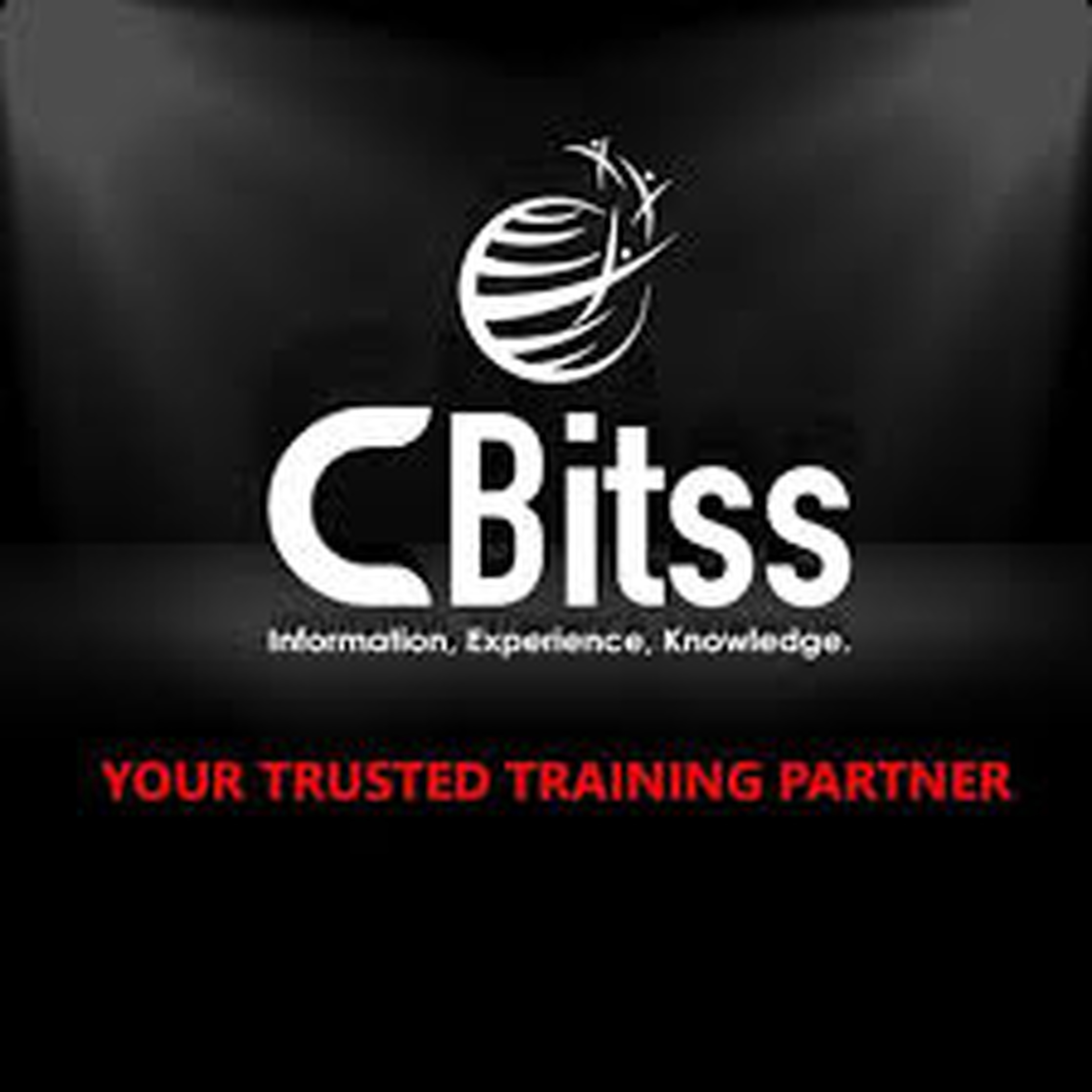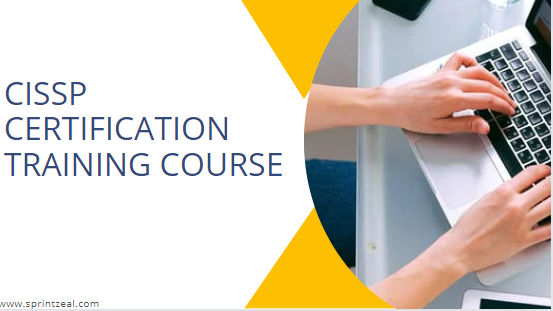I. Introduction
A. Importance of GMP Certification
Good Manufacturing Practices (GMP) certification is essential in ensuring the quality and safety of products, particularly in industries such as pharmaceuticals, food, and cosmetics. This certification demonstrates a company’s commitment to maintaining high standards and compliance with regulatory requirements. GMP certification not only helps organizations build consumer trust but also enhances their marketability. By adhering to these practices, businesses can minimize risks related to contamination and product failure, ultimately safeguarding public health and their brand reputation.
B. Overview of GMP Certification Process
The GMP certification process involves several critical steps, starting with understanding the relevant standards set by regulatory bodies. This process typically includes documentation of existing practices, a thorough internal audit, gap analysis, and necessary adjustments to meet compliance. Organizations must prepare for a comprehensive evaluation by certifying bodies, which includes inspections and assessments of facilities, processes, and documentation. Understanding this process allows companies to strategically navigate the path to certification and ensure a successful outcome.
C. Purpose of the Blog
This blog aims to demystify the GMP certification journey by providing practical tips and expert strategies to streamline compliance efforts. Readers will gain insights into the requirements, best practices, and common pitfalls to avoid, enabling them to approach certification with confidence. By following the advice offered here, professionals and organizations can enhance their preparedness, increase the likelihood of successful certification, and foster a culture of quality within their operations.
II. Understanding GMP Standards
A. What Are GMP Standards?
GMP standards are regulations that provide guidelines for the manufacturing, testing, and quality assurance processes within industries that require stringent controls, such as pharmaceuticals and food production. These standards encompass various aspects, including facility cleanliness, equipment maintenance, personnel training, and product handling. By establishing these guidelines, GMP aims to ensure that products are consistently produced to high quality, minimizing the risk of contamination and ensuring consumer safety.
B. Key Regulatory Bodies
Several key regulatory bodies oversee GMP compliance, including the Food and Drug Administration (FDA) in the United States and the European Medicines Agency (EMA) in Europe. These organizations set the standards and conduct inspections to ensure companies adhere to GMP principles. Understanding the roles of these regulatory bodies helps organizations navigate compliance requirements and prepares them for potential audits or inspections.
C. Industry-Specific Requirements
Different industries may have unique GMP requirements based on the nature of their products. For instance, pharmaceutical manufacturers face stricter guidelines than those in food processing. It’s essential for companies to familiarize themselves with the specific regulations relevant to their sector. Tailoring compliance strategies to meet these industry-specific requirements ensures that organizations not only achieve certification but also uphold the highest standards of quality and safety.
III. Preparing for GMP Certification
A. Conduct a Gap Analysis
Before embarking on the certification journey, organizations should conduct a gap analysis to identify discrepancies between current practices and GMP standards. This assessment involves reviewing existing processes, documentation, and training programs to pinpoint areas that need improvement. A thorough gap analysis helps prioritize compliance efforts and allows organizations to focus resources on critical areas that require immediate attention.
B. Develop a Compliance Roadmap
Creating a detailed compliance roadmap is crucial for guiding the certification process. This roadmap should outline the necessary steps, timelines, and resources required to achieve GMP certification. By breaking down the certification process into manageable tasks, organizations can effectively track progress, allocate responsibilities, and ensure that all team members are aligned toward a common goal. A well-structured plan reduces overwhelm and increases the likelihood of a successful certification outcome.
C. Engage Stakeholders Early
Involving key stakeholders from the outset is essential for fostering a culture of compliance within the organization. Engage management, employees, and relevant departments in discussions about GMP requirements and certification goals. Their buy-in and commitment are crucial for successful implementation and sustainability of GMP practices. Regular communication and updates help keep everyone informed and invested in the certification process.
IV. Documentation and Record-Keeping
A. Importance of Documentation
Accurate and thorough documentation is a cornerstone of GMP compliance. It serves as evidence of adherence to GMP standards and is critical during audits and inspections. Proper documentation not only demonstrates compliance but also facilitates effective communication and accountability within the organization. Ensuring that all processes, changes, and training are documented helps maintain a clear record of compliance efforts.
B. Best Practices for Record-Keeping
Organizations should adopt best practices for maintaining organized and accessible records. This includes implementing electronic systems for efficient record-keeping, utilizing standardized templates for documentation, and establishing clear protocols for document control. Essential records may include standard operating procedures (SOPs), training logs, batch records, and maintenance logs. Regularly reviewing and updating these records is essential to ensure accuracy and compliance with current standards.
C. Regularly Review and Update Documentation
Establishing a routine for reviewing and updating documentation is vital for maintaining compliance. Organizations should regularly assess their documents to ensure they reflect current practices and any regulatory changes. This proactive approach helps prevent lapses in compliance and demonstrates the organization’s commitment to continuous improvement. Regular updates also help train new employees and reinforce the importance of adherence to GMP standards.
V. Employee Training and Awareness
A. Training Programs for Staff
Comprehensive training programs are essential for ensuring that employees understand GMP requirements and their role in maintaining compliance. Training should cover relevant topics, including hygiene practices, equipment operation, and documentation procedures. Organizations should provide initial training for new hires and ongoing education to keep all staff updated on the latest standards and practices.
B. Creating a Culture of Compliance
Fostering a culture of compliance requires ongoing effort and communication. Encourage employees at all levels to prioritize quality and safety in their daily tasks. Regular meetings, workshops, and discussions about GMP practices can help reinforce the importance of compliance. Recognizing and rewarding employees who exemplify strong adherence to GMP standards can further motivate staff to maintain high-quality practices.
C. Utilizing External Resources
Organizations can benefit from seeking external training resources, such as industry workshops, online courses, and certifications. Collaborating with industry experts can enhance the quality of employee education and provide insights into best practices. External resources offer a fresh perspective and can introduce new ideas that strengthen the organization’s GMP compliance efforts.
VI. Implementing Quality Control Measures
A. Establishing Quality Control Protocols
Developing and implementing robust quality control protocols is essential for meeting GMP standards. Organizations should outline procedures for product testing, equipment calibration, and process validation. These protocols ensure that all products meet quality specifications and regulatory requirements before reaching consumers. Consistent adherence to quality control measures helps prevent product recalls and reinforces the organization’s commitment to quality.
B. Conducting Regular Audits
Regular internal audits are crucial for evaluating compliance with GMP standards. Organizations should establish a schedule for audits to assess practices, documentation, and adherence to established protocols. Audits help identify non-conformities and areas for improvement before official inspections take place. A proactive approach to auditing fosters accountability and ensures that potential issues are addressed promptly.
C. Continuous Improvement Strategies
Encouraging a mindset of continuous improvement is vital for long-term compliance. Organizations should regularly assess their processes, seeking feedback from employees and stakeholders to identify areas for enhancement. Implementing feedback loops allows companies to adapt to changes in regulations and industry standards, ensuring sustained compliance and continuous growth in quality practices.
VII. Preparing for the Certification Audit
A. Understanding the Audit Process
Providing a clear overview of the GMP certification audit process helps organizations prepare effectively. Outline what auditors will review during the inspection, including documentation, processes, and facility conditions. Understanding the audit process reduces anxiety and equips organizations to demonstrate compliance confidently.
B. Mock Audits for Practice
Conducting mock audits is an effective way to prepare for the certification audit. Simulating the actual audit environment helps teams practice responding to questions and demonstrating their compliance efforts. This practice not only identifies weaknesses but also builds confidence and familiarity with the audit process.
C. Responding to Audit Findings
Discuss strategies for effectively responding to any findings from the audit. Organizations should have a plan in place for addressing non-conformities, implementing corrective actions promptly, and communicating these actions to auditors. A proactive and transparent approach demonstrates commitment to quality and compliance, increasing the likelihood of successful certification.
VIII. Maintaining GMP Compliance Post-Certification
A. Ongoing Training and Development
Stress the importance of continuing education and training for employees even after achieving GMP certification. Regular training sessions help staff stay updated on best practices, new regulations, and any changes in procedures. Ongoing education fosters a culture of quality and ensures sustained compliance.
B. Regular Reviews and Updates
Encourage organizations to conduct regular reviews of their processes, documentation, and training programs to maintain GMP compliance. Scheduled assessments help identify areas needing improvement and ensure practices align with current regulations. Proactive reviews prevent lapses in compliance and reinforce the organization’s commitment to quality.
C. Engaging with Regulatory Changes
Highlight the necessity of staying informed about changes in GMP regulations and standards. Organizations should subscribe to industry newsletters, participate in professional associations, and engage with regulatory bodies to remain updated. By actively monitoring regulatory changes, companies can adapt their practices quickly and maintain compliance.
IX. Conclusion
A. Recap of Key Strategies
Summarize the key strategies discussed in the blog, emphasizing the importance of thorough preparation, documentation, employee training, and continuous improvement for achieving and maintaining GMP certification.
B. Encouragement to Take Action
Encourage readers to take proactive steps based on the tips provided, emphasizing that a dedicated approach to GMP compliance leads to successful certification and long-term benefits for their organizations.
C. Invitation to Share Experiences
Invite readers to share their own experiences and tips related to GMP certification in the comments section. Engaging with others fosters a supportive community, allowing professionals to exchange valuable insights and create a network of shared knowledge in achieving and maintaining GMP certification.





